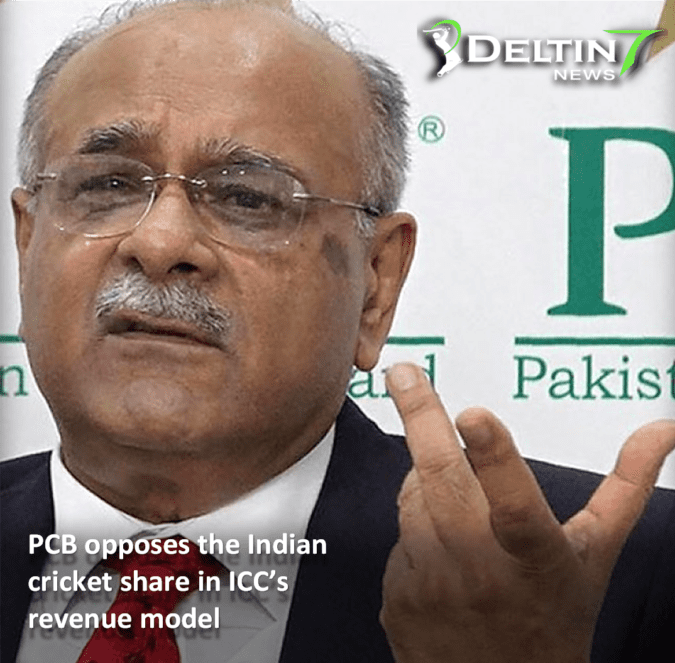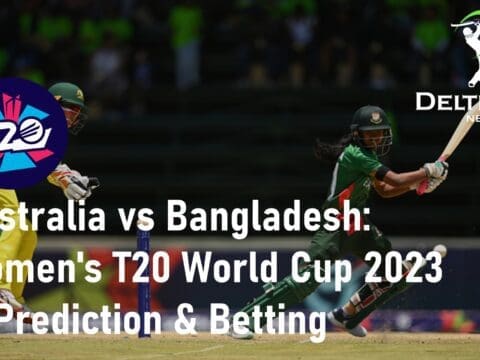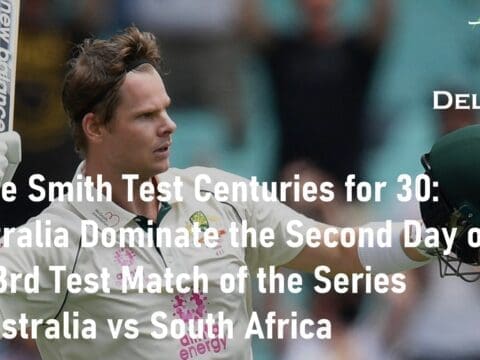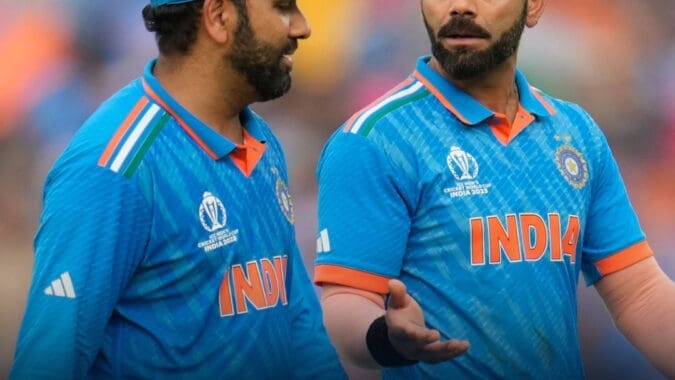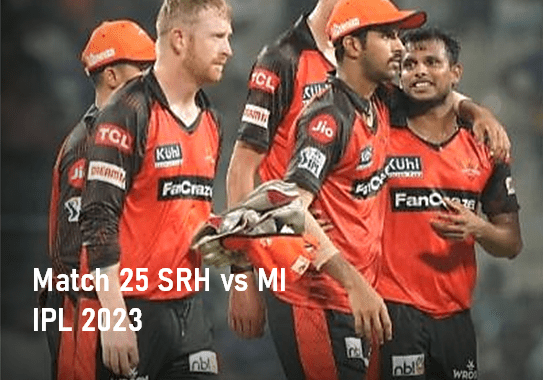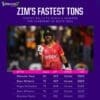
PCB opposes the Indian cricket share in ICC’s revenue model | Najam Sethi Questions India’s earnings
PCB opposes the Indian cricket share in ICC’s revenue model. Drama unfolds in the world of cricket as the Pakistan Cricket Board (PCB) takes a bold stance against the proposed ICC revenue distribution model. This model has left the PCB dissatisfied, standing alone as the first board to openly express its discontent.
While the model has yet to be finalized, it looms ominously close to its potential adoption at the upcoming ICC’s AGM in Durban. Najam Sethi, the current head of the PCB, vows that his board will not endorse the model unless presented with comprehensive details clarifying its inner workings.
According to the proposed model, the Board of Control for Cricket in India is all set to claim a staggering 38.5% of the projected annual ICC earnings, amounting to a colossal sum of US$600 million. Following the BCCI’s commanding share, the England and Wales Cricket Board (ECB) would receive 6.89%, Cricket Australia (CA) 6.25%, and the PCB a mere 5.75%.
The remaining Full Member (FM) boards would each acquire an annual share of less than 5%. These allocations are determined by the amalgamation of four distinct criteria: equal shares for FM status, variable shares based on cricket history and performance at ICC events for both men and women, and finally, shares granted according to the commercial contribution made by each board to the game.
Unquestionably, it is the BCCI’s commercial prowess that sets it apart from other cricket boards. While Sethi acknowledges India’s entitlement to a larger slice of the revenue pie, he insists on complete transparency regarding the origins of these figures.
The proposed financial model for the period spanning 2024 to 2027 bears a resemblance to the controversial restructuring attempted by the Big Three in January 2014, which sent shockwaves throughout the cricketing realm. This new financial model follows a similar vein, grading members based on performance and commercial contributions.
Although it was passed before Shashank Manohar assumed his role as the ICC head in 2016 and repealed the changes made by the Big Three, it seems history may be repeating itself. After intense negotiations, the ICC and BCCI had previously agreed upon a financial model that would have seen the BCCI receive a staggering USD$405 million over eight years.
However, this time around, apart from the PCB, no other board has publicly declared their stance on the proposed model. Sethi disclosed that two other Test-playing nations had also requested additional information about the model’s inner workings.
With this new model, all Full Members anticipate a significant boost in income compared to the previous cycle. The ICC has reaped greater rewards during this cycle due to the revamped approach to selling broadcast rights. Unlike the past, where the ICC sold the rights to all its events as a single package to one global broadcaster, they have now fragmented and sold the rights across various territories.
These rights are packaged in four and eight-year deals, encompassing linear TV and digital streaming rights. As a result of these changes, the ICC is projected to receive over USD$3 billion in just four years from the Indian market alone, surpassing the approximate USD$2.1 billion earned in the previous eight-year cycle. This influx of revenue implies that several cricket boards could potentially double their income from the previous cycle, a tantalizing prospect that cannot be ignored.
PCB opposes the Indian cricket share in ICC’s revenue model
As the cricketing world awaits the outcome, tension mounts within the corridors of power. The PCB’s bold stand against the proposed model serves as a potent reminder that the business of cricket is not just a game played on the field but also a high-stakes battle fought off it. With each passing day, the intrigue surrounding the finalization of the ICC revenue distribution model intensifies, casting a shadow over the upcoming AGM in Durban.
Only time will reveal whether the PCB’s demand for transparency will be met, or if this conflict will escalate into a full-blown cricketing crisis. One thing is certain: the drama is far from over, and the cricketing world holds its breath, anxiously anticipating the next chapter in this gripping saga.




